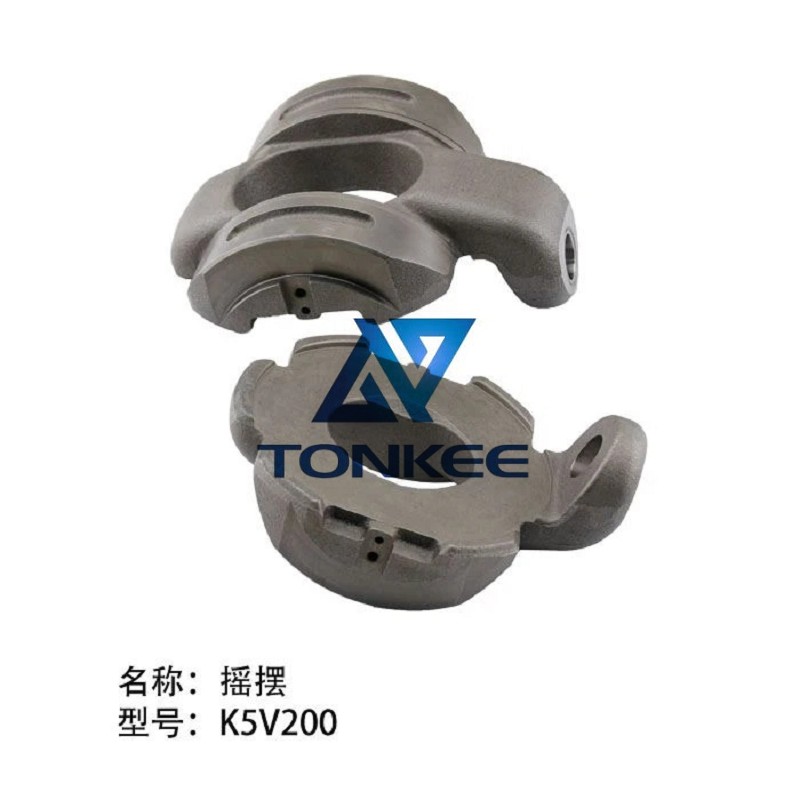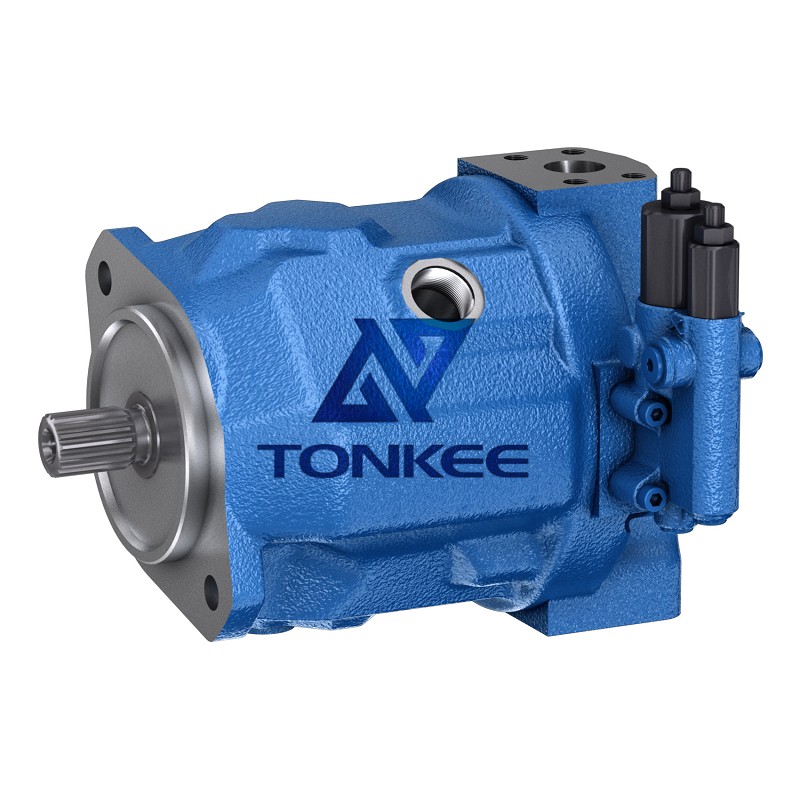
Displacement Range: The K5V Series offers a range of displacement options to suit various applications.
Typical displacements can vary from small values, such as 28 cc/rev, to larger ones, such as 500 cc/rev.
Pressure Rating: The K5V pumps are designed to operate at high pressures, typically up to 350 bar (5075 psi). This enables them to handle heavy loads and perform in challenging working conditions.
Speed Range: The pumps are capable of operating at a wide range of rotational speeds, allowing for flexibility in different applications. The specific speed range may vary depending on the model and configuration.
Control Options: The K5V Series pumps can be equipped with various control options, including pressure compensation, load sensing, and electro-hydraulic proportional control. These options enable precise control over flow and pressure, ensuring optimal performance and energy efficiency.
Mounting Options: The pumps are available in different mounting configurations, such as flange and foot mounting, to accommodate diverse installation requirements.
The KAWASAKI K5V Series pumps consist of several key components, including:
Cylinder Block and Pistons: The axial piston design comprises a cylinder block with multiple pistons that reciprocate within it. The pistons are driven by a swash plate mechanism, converting rotary motion into axial reciprocating motion.
Valve Plate: The valve plate is responsible for controlling the flow of hydraulic fluid to and from the cylinder block.
It ensures efficient fluid distribution and minimizes pressure losses.
Swash Plate: The swash plate is an essential component that translates the rotational motion of the pump shaft into the reciprocating motion of the pistons. By adjusting the angle of the swash plate, the displacement of the pump can be varied.
Shaft and Bearings: The pump shaft provides the input rotational motion, which is transmitted to the swash plate. It is supported by bearings to reduce friction and ensure smooth operation.
Housing and Seals: The pump housing houses the internal components and provides structural support. Seals are used throughout the pump to prevent leakage and maintain hydraulic system integrity.





 English
English português
português Русский язык
Русский язык










